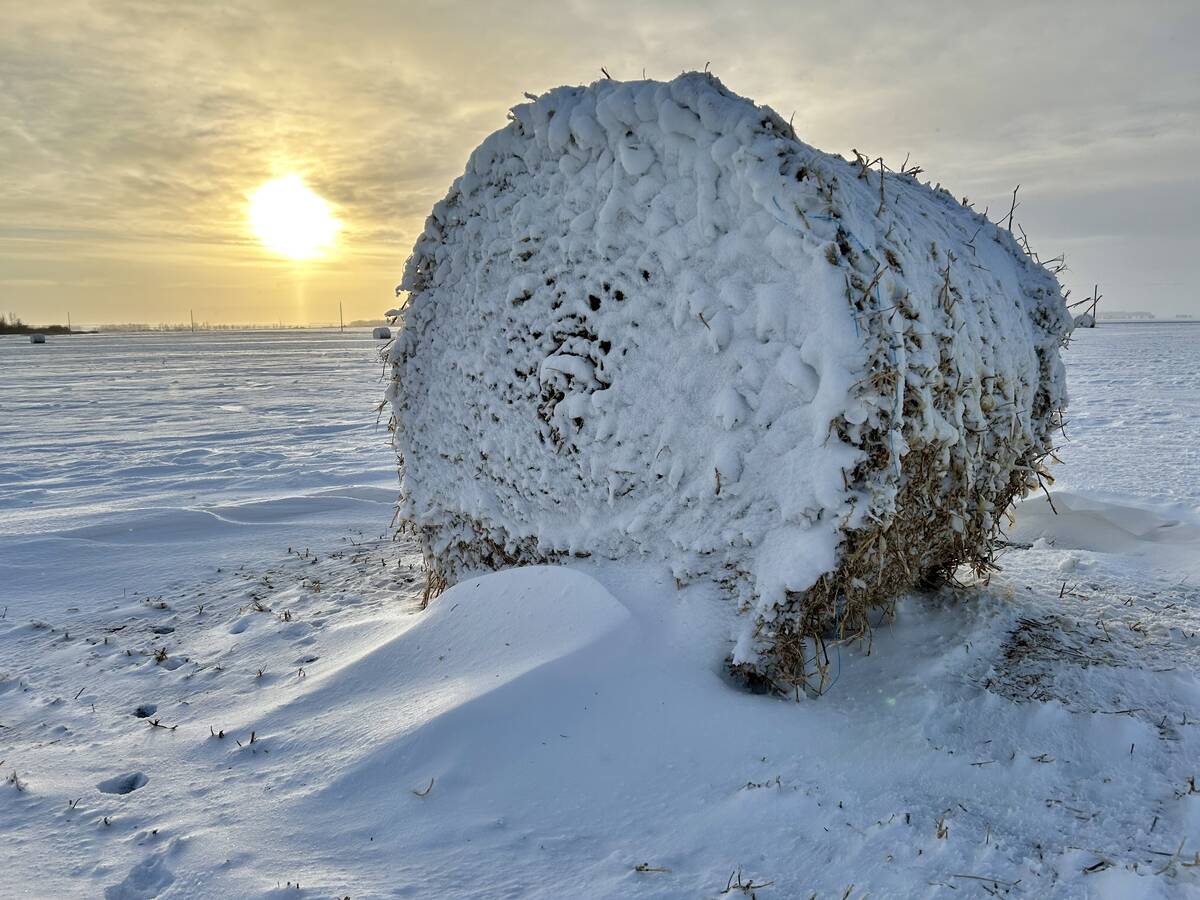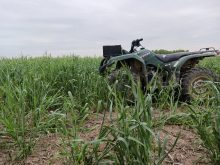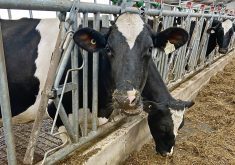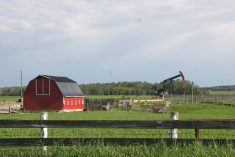The irrigation industry is constantly coming up with new technology, but not all of it works everywhere in southern Alberta, which has such variability in soils, topography and climate. In fact, conditions in this region vary so widely that equipment manufacturers run their on-farm testing of irrigation products in the area.
Dana Williams-Freeman, manager of Oliver Irrigation in Lethbridge, sees this as one of the best things about working in this industry and place. “Southern Alberta is one of only a few areas in North America that has so much variability,” he says. “And, people in this area are early adopters. It’s an ideal area for beta-testing.”
Read Also

Prairie winter snowfall forecast 2025-2026
How much snow should farmers in Alberta and elsewhere on the Canadian Prairies expect for the rest of December 2025 and into January-February 2026?
Williams-Freeman sees a lot more potential from precision irrigation. Farmers can now set up a pivot to apply just the amount of water each part of the field needs. Digital control panels and GPS units on the end of pivot arms have allowed farmers to alter the amount of water a pivot puts on a particular segment of a field without having to be there at the right time to change the settings.
Some operators have developed their own computer programs to achieve more complex watering patterns, but they’ve been limited by pivot design. Now, pivot engineers have developed a variable-rate irrigation system that allows farmers, even those who don’t enjoy computer programming, to adjust water application to suit particular fields.
The key to the system is control boxes that sit on the towers that support the pivot. Each one controls four to 10 valves that each control water flow to a sprinkler on the next span of the pivot. The valve controller on the tower responds to signals from the main control panel
by cycling the valves on and off to adjust the volume of water applied. For example, most of a field might be sandy, but low-lying heavier soils need less water. A pivot can now be designed so that as sprinklers cover that areas they apply less water. The program for a basin might gradually decrease water application on the slopes, going down to 50 per cent on the bottom.
Water application rates only have to be programmed into the control panel once, so the farmer doesn’t need to worry about making sure satellites are aligned or that computers are set up right. “We work out all the details as we configure the system,” says Williams-Freeman.
The process starts with the farmer description of each part of the field, such as which areas hold moisture or get more rain. They can also use data from yield maps. His company makes a soil texture map by dragging an electromagnetic instrument across the field, to decide which sprinklers to control.
“This system lets us avoid over-application of water,” Williams-Freeman says. “That means better crops, and more efficient use of water – maybe
30 per cent savings – just by not over-watering. I think this will be as big a boost to efficiency as switched to low-pressure pivots from our old high impact sprinklers that used 60 psi to shoot water up into the air.”
Williams-Freeman foresees situations where this technology would save enough water for a farmer to have a good case for asking to irrigate more land. That will take water metering at the farm, but that is becoming feasible with pipelines and accurate electronic meter systems.
———
“Peopleinthisareaareearlyadopters.It’sanidealareaforbeta-testing.”
DANA WILLIAMS-FREEMAN
Oliver Irrigation














